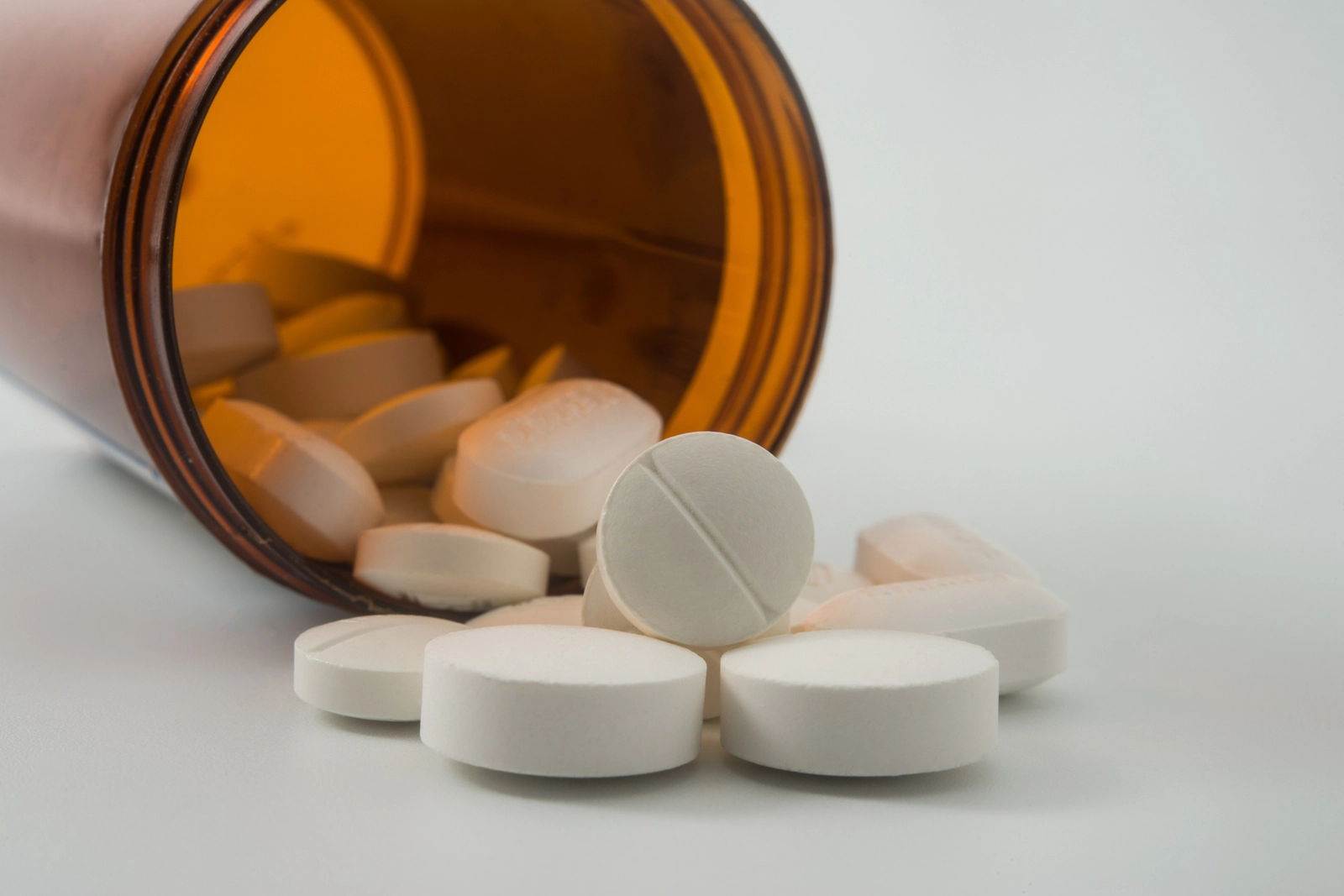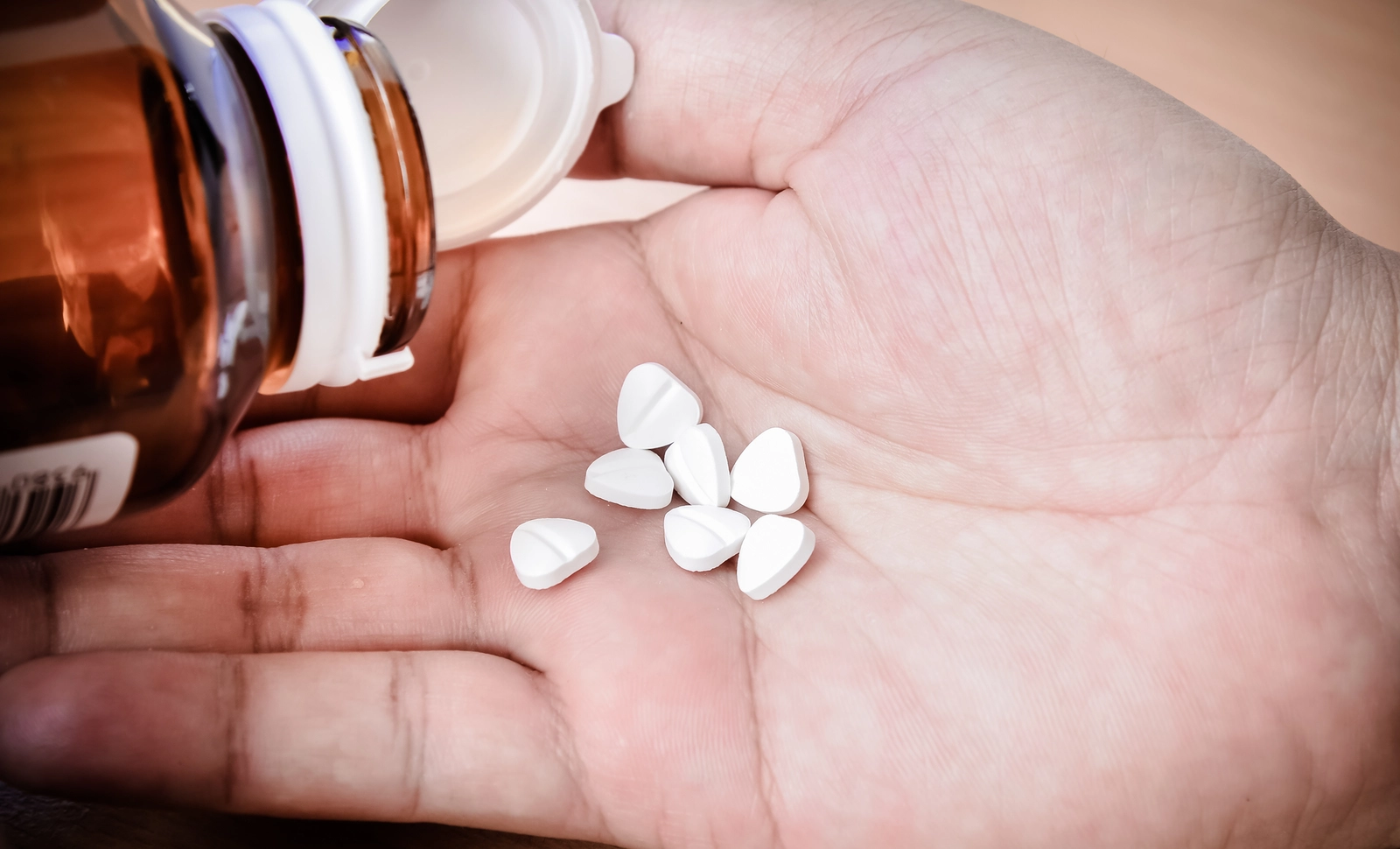Buprenorphine vs. Suboxone: What’s the Difference?

- Buprenorphine is a partial opioid medication that reduces cravings and withdrawal symptoms without producing the intense high of other opioids.
- Suboxone combines buprenorphine with naloxone, which deters misuse by triggering withdrawal symptoms if injected.
- The key difference between the medications is their composition, with Suboxone having built-in protection against misuse that plain buprenorphine lacks.
- Healthcare providers typically prescribe plain buprenorphine in specific situations like pregnancy, while Suboxone is the standard choice for most outpatient treatment.
- Medication-assisted treatment combines these medications with counseling and support services to effectively reduce opioid use and overdose rates.
When seeking treatment for opioid dependency, you may encounter medications with similar-sounding names but essential distinctions. Buprenorphine and Suboxone are two commonly prescribed options in addiction medicine, but understanding their relationship, differences, and specific applications can be confusing for those navigating recovery paths.
What is Buprenorphine?
Buprenorphine works as a partial opioid medicine that attaches to the same brain receptors as drugs like heroin but with much milder effects.[1] It helps reduce drug cravings and prevents withdrawal symptoms without creating the intense high that other opioids cause. Doctors prescribe it specifically to treat opioid addiction as part of a recovery plan.
This medication binds tightly to opioid receptors in the brain, which blocks other opioids while providing just enough activity to keep withdrawal away. Buprenorphine has a built-in safety feature called a ceiling effect – taking more doesn’t increase the effects beyond a certain point, which makes overdose less likely.[2] People usually take it as a tablet or film that dissolves under the tongue once daily.
Unlike methadone treatment that requires daily clinic visits, doctors can prescribe buprenorphine in regular office settings. This made treatment more accessible to many people who couldn’t or didn’t want to use methadone programs. When combined with counseling and support, buprenorphine effectively reduces illegal drug use, prevents overdoses, and supports long-term recovery.
What is Suboxone?
Suboxone is a brand-name medication that combines two ingredients: buprenorphine and naloxone.[3] Buprenorphine works as the primary treatment component for opioid dependency, while naloxone serves as a deterrent against misuse. Doctors prescribe Suboxone specifically for opioid use disorder treatment as part of comprehensive recovery programs.
The naloxone in Suboxone remains inactive when the medication is taken as prescribed, dissolved under the tongue.[4] However, if someone attempts to inject Suboxone to get high, the naloxone activates and causes immediate withdrawal symptoms. This built-in safeguard helps prevent misuse and diversion of the medication. Suboxone is an orange-flavored sublingual film or tablet that dissolves under the tongue.
The FDA approved Suboxone in 2002, and it quickly became one of the most commonly prescribed medications for opioid dependency.[5] Healthcare professionals often prefer Suboxone over plain buprenorphine for outpatient treatment because of its added safety features. Many insurance plans cover Suboxone, though costs vary depending on insurance coverage and whether patients use the brand-name version or generic alternatives. Like buprenorphine alone, Suboxone works best when combined with counseling, peer support, and other recovery resources.
Buprenorphine vs Suboxone: How Are They Different?
The composition makes up the key difference between these medications. Buprenorphine is a single-ingredient medication containing only the partial opioid agonist itself. Suboxone, however, combines buprenorphine with naloxone, an opioid antagonist that prevents misuse. This combination gives Suboxone built-in protection against potential injection or improper use.
Abuse potential differs significantly between the two options. Plain buprenorphine carries a higher risk of misuse since it lacks the protective naloxone component. When people attempt to inject Suboxone to intensify its effects, the naloxone activates and triggers immediate withdrawal symptoms, effectively discouraging such behavior. For this reason, physicians often prefer Suboxone for outpatient treatment settings.
Prescription context varies based on the treatment setting and your individual needs. Doctors typically reserve pure buprenorphine for specific situations like pregnancy, where naloxone exposure raises concerns, or for initial induction phases of treatment.[6] Suboxone represents the standard choice for ongoing maintenance therapy in most outpatient scenarios. Both medications require special prescribing credentials, though accessibility continues to improve as healthcare systems recognize the importance of medication-assisted treatment for opioid dependency.
Which Opioid Medication Should I Choose?
Only qualified healthcare professionals with expertise in addiction medicine can adequately evaluate your specific situation and recommend the most appropriate medication. When making recommendations, your doctor will consider your medical history, previous treatment experiences, and health status.
Individual factors influence which medication might work best for you. These include your:
- Personal recovery goals
- History of opioid use
- Risk of misuse
- Living situation
- Access to treatment
- Insurance coverage
- Pregnancy status
- Mental health conditions
Treatment setting plays a crucial role in medication selection. Inpatient or closely monitored settings might use plain buprenorphine, while outpatient treatment typically favors Suboxone for its abuse-deterrent properties. Regardless of which medication you and your doctor choose, remember that medication represents just one component of effective treatment. The most successful recovery plans combine medication with counseling, support groups, lifestyle changes, and addressing underlying issues that contribute to opioid use.
Medication-Assisted Treatment
Medication-assisted treatment (MAT) combines FDA-approved medications with supportive interventions to treat opioid use disorder comprehensively.[7] This evidence-based approach addresses both the physical dependence and the psychological aspects of addiction by reducing cravings and withdrawal symptoms while patients develop recovery skills. Medications like buprenorphine, methadone, and naltrexone help stabilize brain chemistry, allowing people to focus on rebuilding their lives without the constant pressure of withdrawal or overwhelming urges to use.
Research consistently demonstrates MAT’s effectiveness in reducing opioid use, lowering overdose rates, decreasing criminal activity, and improving treatment retention.[8] Despite these proven benefits, misconceptions persist that MAT simply substitutes one drug for another. Medical experts strongly refute this view, comparing MAT for opioid dependency to insulin for diabetes – a medication that treats a chronic condition and enables normal functioning.
The most successful outcomes occur when people receive MAT for adequate durations based on their needs, alongside appropriate counseling, case management, and support services. Treatment duration varies significantly between participants, with some benefiting from months of therapy while others may need years of medication support. Research indicates that longer treatment retention correlates strongly with improved recovery outcomes and lower relapse rates.
Frequently Asked Questions About Buprenorphine vs. Suboxone
Are your or a loved one struggling with Suboxone use?

